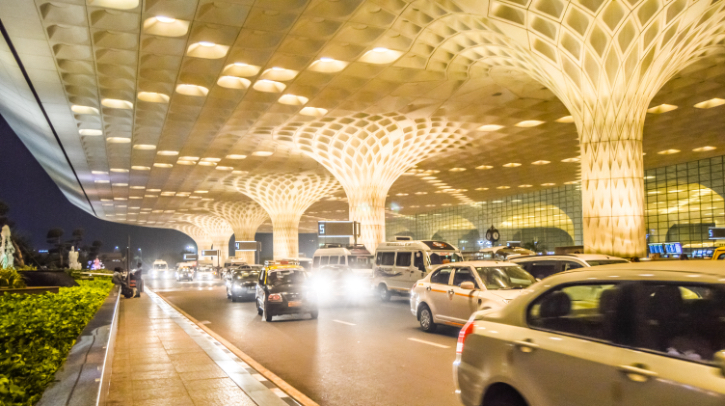As part of its airport facilities modernization strategy, Mumbai International Airport Limited (MIAL) has suggested that a user development fee (UDF) of Rs325 (US$3.80) be paid to the Airport Economic Regulatory Authority (AERA) for departing domestic passengers and Rs650 (US$7.60) for departing international travelers to enable MIAL to undertake infrastructure development and technological enhancement projects at Chhatrapati Shivaji Maharaj International Airport (CSMIA).
Investing in the future of travel
Over the next five years, the airport will invest Rs10,000 crore (US$1.2bn) in the creation of airport infrastructure and recover a total revenue of Rs7,600 crore (US$890m) from an expected 229 million passengers, which represents a balanced approach in revenue recovery. The new tariff structure proposes to strategically shift the revenue mix, with an increase in UDF and a 35% reduction in landing and parking charges. This proposal reportedly aligns with the tariff structures of other major airports in India and will enhance revenue stability and improve the overall passenger experience.
To create a next-generation airport experience, CSMIA is advancing several transformational projects. The first is the Terminal 1 redevelopment, which is intended to ensure structural integrity, capacity and seamless travel for aging Terminals 1A (more than 30 years old) and 1B (more than 60 years old). This will introduce infrastructure, expand capacity and enhance passenger facilities, ensuring sustainability for decades.
Second, Terminal 2 (T2) will integrate technologies such as self-baggage drop systems, CTIX hand baggage screening and full-body scanners to streamline security checks and improve passenger flow. Additionally, upgrades to airside infrastructure – such as runway maintenance and improvements on the apron and taxiway – are projected to make aircraft movement more efficient and improve flight operations.
Alongside these updates, CSMIA is embracing next-generation digital innovations including e-gates (DigiYatra initiative), FTI-TTP and IoT-driven solutions. Finally, the airport is transitioning to electric vehicles, enhancing energy-efficient operations, strengthening water conservation measures and accelerating efforts to achieve net zero emissions by 2029.
MIAL’s proposal attempts to offset this change and mitigate the impact on passengers by simultaneously reducing airline landing and parking charges by about 35%, to strike a balance between infrastructure enhancement and sustaining airport operations. This reduction is expected to positively affect airfares from Mumbai, enabling airlines to manage costs more efficiently and maintain competitive ticket prices.
The current yield per passenger (YPP) at CSMIA stands at Rs285 (US$3.35). The proposal submitted to AERA aims to revise the YPP to approximately Rs332 (US$3.90), representing an 18% increase, in line with a consultation paper issued by AERA on March 10, 2025.
Development background
So far, MIAL has not levied domestic passenger UDF. Yet, it has achieved the conversion of 54 conventional vehicles to EVs and the introduction of 47 new EVs, with plans to deploy 60 more; regular annual pre- and post-monsoon runway maintenance, including a major resurfacing project for the secondary runway (14/32) in 2024 and runway 09/27 in 2020; and the introduction of a vertical-axis wind turbine and solar PV system.
Other key previous improvement initiatives include the Domestic-to-Domestic Transfer Facility at T2, the new Taxiway Z to improve on-time performance and support sustainable airport operations, introduction of e-gates to manage congestion at entry to the terminal, free inter-terminal coach transfers and FASTag-enabled parking, among other passenger-centric advances.
In related news, CSMIA recently expanded its digital gateway program, increasing the number of entry e-gates from 24 to 68. Click here to read the full story.

